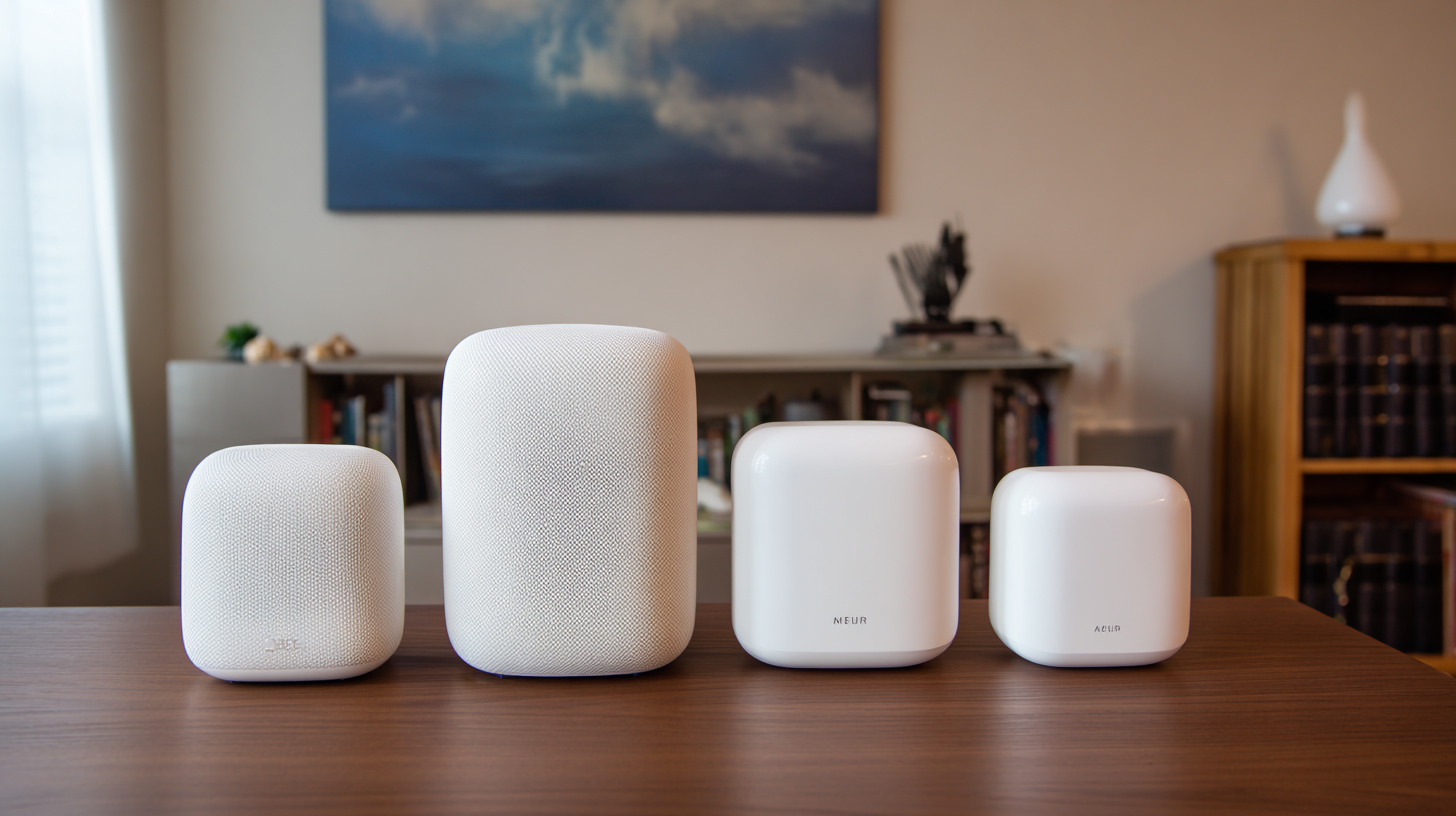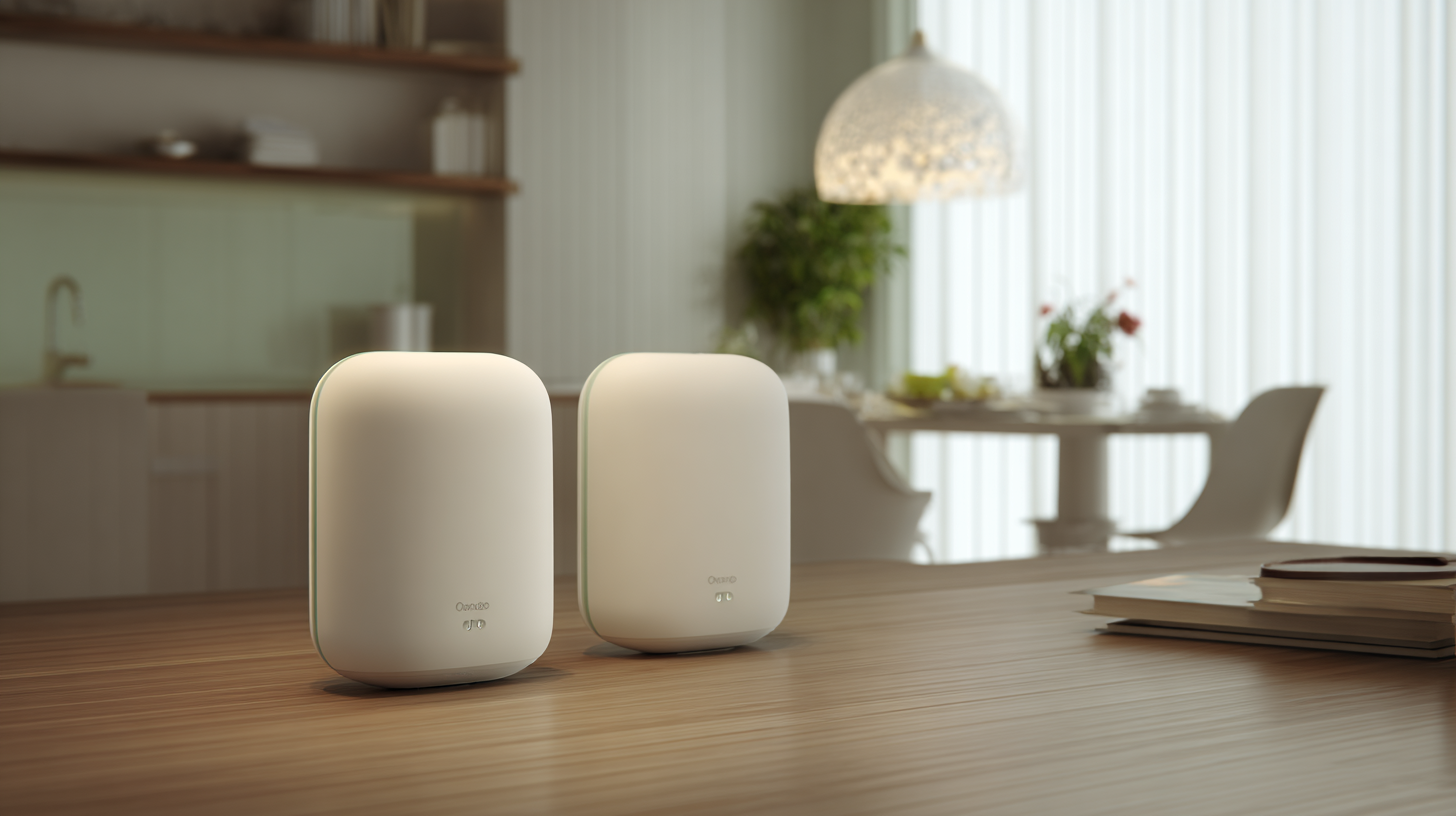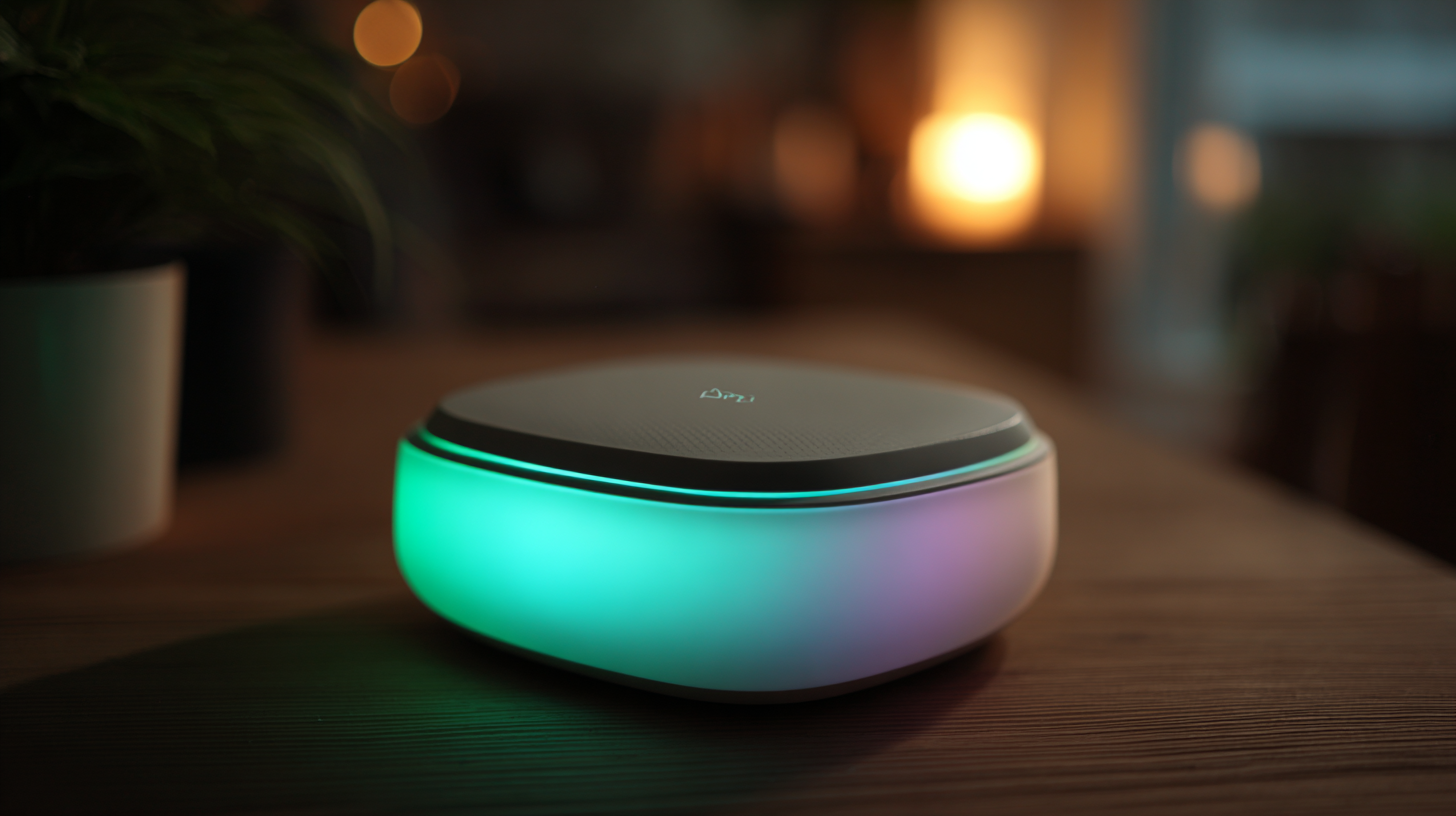As the demand for seamless connectivity in smart home automation and IoT solutions continues to soar, the Mesh Router System has emerged as a pivotal technology in ensuring robust and comprehensive wireless coverage. According to a recent report by Grand View Research, the global smart home market is projected to reach $174 billion by 2025, reflecting a significant shift towards interconnected living environments. These systems, designed to mitigate dead zones and enhance user experience, leverage multiple nodes to create a unified network, ensuring that smart devices function optimally throughout residences. Furthermore, studies show that households equipped with a Mesh Router System experience a 35% improvement in signal strength compared to traditional routers, making them an essential choice for consumers investing in IoT devices. Thus, understanding how to select quality manufacturers is critical in navigating the best options for enhancing home connectivity and automation capabilities.

In today's rapidly evolving smart home landscape, the role of mesh Wi-Fi systems has become increasingly pivotal. According to a recent report by the International Data Corporation (IDC), the global smart home market is projected to reach $174 billion by 2025, highlighting the need for robust internet connectivity. Mesh Wi-Fi networks offer a solution that traditional routers cannot provide: seamless connectivity across multiple devices and rooms, ensuring that IoT devices function optimally without interruptions.
As the IoT ecosystem expands—with estimates suggesting over 75 billion devices will be connected worldwide by 2025—consistent and reliable internet access is paramount. A 2022 research study found that homes utilizing mesh networks experienced up to 30% faster speeds and a significant reduction in dead zones compared to conventional setups. This is particularly crucial for smart home technologies that rely on real-time communication, such as security systems and smart appliances, which can be hampered by insufficient connectivity. Investing in a quality mesh router system is not just about enhancing convenience; it's a vital step in building an efficient and responsive smart home environment.
In the realm of smart home automation and IoT solutions, selecting the right mesh router system is crucial for ensuring seamless connectivity across devices. With the recent debut of WiFi 7 routers, features such as dual 10Gbps ports enhance data throughput, making them ideal for demanding applications. When choosing a mesh router system, it's essential to look for key features such as the number of Ethernet ports, processing power, and compatibility with smart home devices.
One noteworthy tip is to prioritize routers that offer advanced security protocols to protect your network from potential threats, especially as the number of connected devices grows. According to industry reports, secure systems can significantly reduce the risk of unauthorized access, which is pivotal in a smart home setup.
Additionally, consider the ease of installation and management. Many users benefit from routers that come with user-friendly apps, allowing for simple network management and troubleshooting. With the emphasis on high-performance WiFi 7 technology, ensuring your mesh system is equipped to support multiple simultaneous connections will optimize device performance, paving the way for an efficient smart home experience.
In today's rapidly evolving smart home landscape, effective connectivity is paramount. Mesh router systems have emerged as a game-changer, providing seamless integration of IoT devices. According to a recent report by Statista, the global smart home market is projected to reach $135.3 billion by 2025, with wireless technology being a key enabler for this growth. A robust mesh network ensures that all devices—from smart thermostats to security cameras—can communicate efficiently, creating a cohesive ecosystem.
 When assessing top mesh router systems, factors such as coverage, speed, and scalability are crucial. The 2023 Wi-Fi Technology Report indicates that mesh systems can eliminate dead zones and maintain high-speed internet in multi-level homes, which makes them ideal for supporting the growing number of connected devices. For instance, systems like the Google Nest Wi-Fi and Eero Pro 6 stand out for their user-friendly setups and ability to manage bandwidth distribution effectively, catering specifically to the needs of households with numerous smart devices. The integration of these systems not only enhances user experience but also increases the reliability of smart home automation.
When assessing top mesh router systems, factors such as coverage, speed, and scalability are crucial. The 2023 Wi-Fi Technology Report indicates that mesh systems can eliminate dead zones and maintain high-speed internet in multi-level homes, which makes them ideal for supporting the growing number of connected devices. For instance, systems like the Google Nest Wi-Fi and Eero Pro 6 stand out for their user-friendly setups and ability to manage bandwidth distribution effectively, catering specifically to the needs of households with numerous smart devices. The integration of these systems not only enhances user experience but also increases the reliability of smart home automation.
When it comes to optimizing your mesh network for IoT devices, understanding the fundamentals of network design is crucial. A well-structured mesh system can significantly enhance connectivity and performance in your smart home. Start by strategically placing your mesh nodes throughout your home to ensure a strong and reliable signal. Avoid obstructions such as thick walls and large furniture that can weaken the connection. Ideally, nodes should be within a clear line of sight to one another to maintain optimal communication and coverage.
Another critical aspect is managing bandwidth allocation. Many IoT devices, such as cameras, smart speakers, and sensors, may simultaneously connect to your network, leading to potential congestion. Implement Quality of Service (QoS) settings in your router's configuration to prioritize traffic for essential devices, ensuring they receive the necessary bandwidth and operate seamlessly. Regularly monitor your network's performance through the router's app, allowing you to identify and address connectivity issues promptly, maintaining an efficient smart home setup.
In the age of smart homes and IoT technologies, having a robust and reliable Wi-Fi network is essential. However, even the best mesh router systems can run into common issues that disrupt connectivity and smart device performance. According to a report by the International Data Corporation (IDC), nearly 30% of consumers reported encountering connectivity issues with their smart home devices, highlighting the need for effective troubleshooting strategies.
One frequent problem is dead zones in larger homes, where Wi-Fi signals struggle to penetrate. To combat this, ensure optimal placement of mesh nodes, ideally in areas that are elevated and free of obstructions such as thick walls. Additionally, maintaining firmware updates is crucial; research conducted by the Networking Equipment Association (NEA) indicated that 40% of performance issues could be resolved with regular updates.
Another common issue is interference from other electronic devices. Microwaves, cordless phones, and even neighboring Wi-Fi networks can cause disruptions. Consider switching to less crowded Wi-Fi channels or utilizing the 5GHz band for devices that support it, as demonstrated by data from the Wi-Fi Alliance, showing that 5GHz can significantly improve throughput in congested environments. Implementing these tips can optimize your mesh network and enhance the overall smart home experience.



